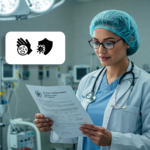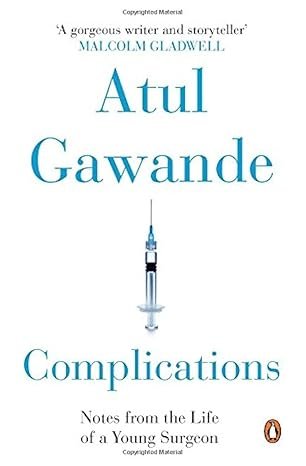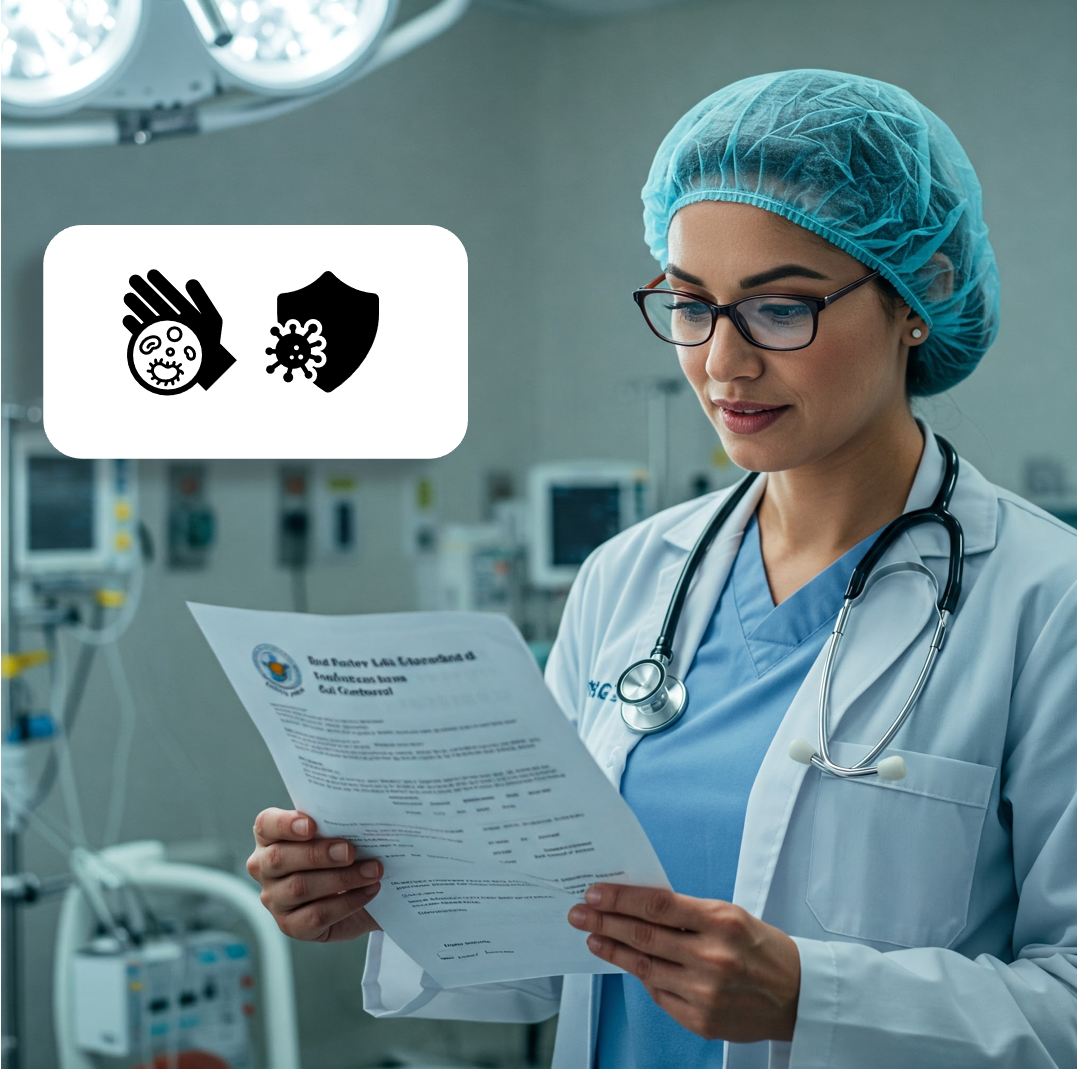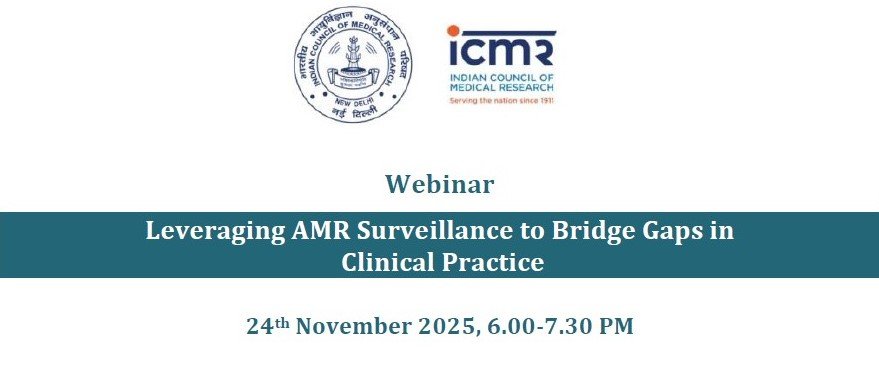Disclaimer: This post is for academic purposes only. Please read the original document if you intend to use them for clinical purposes.
This document summarizes the key themes from Joint Commission’s Big Book of Checklists for Infection Prevention and Control (IPC) focusing on the critical components of a robust IPC program. It highlights the pervasive need for adherence to local, state, regional, and federal regulations, the paramount importance of manufacturer’s Instructions for Uses (IFUs), comprehensive staff training and competency assessment, meticulous reprocessing of medical devices, environmental control, and specific protocols for high-risk areas and procedures. A recurring emphasis is placed on proactive risk assessment, continuous monitoring, and performance improvement to mitigate Healthcare-associated infections (HAIs).
Themes:
I. Regulatory Compliance and Risk Assessment
A foundational element of any effective IPC program is strict adherence to applicable laws and regulations and a thorough risk assessment process.
- Formal Risk Assessment:
- Was a formal risk assessment conducted to inform the organization’s IPC plan and program? This assessment must consider local, regional, national laws and regulations and geographical location, such as animal exposures, water-borne illnesses, and weather-related events.
- Adherence to Regulations: The document repeatedly emphasizes compliance with local, state, regional, and federal rules and regulations across various IPC domains, including hand hygiene, injection practices, linen management, waste disposal, water management, and sterilization.
- Public Health Reporting: Organizations must take into account communicable disease and infection reporting requirements and consult with the HAI prevention coordinator, epidemiologist, and/or other appropriate public health points of contact.
II. Staff Education, Training, and Competency
Effective IPC relies heavily on a well-trained and competent workforce.
- Comprehensive Training: The document outlines the need for Staff and Licensed Independent Practitioner Education and Training.
- Competency Assessment: A critical aspect, particularly for reprocessing staff, is Assessing Competency of Reprocessing Staff for Sterilization and endoscope reprocessing. Training and competency assessments must be based upon the manufacturer’s IFUs of the items being reprocessed as well as the reprocessing equipment and chemicals used and performed initially upon hire and periodically thereafter.
- Knowledge of IPC Practices: Staff, including infection preventionists, must be knowledgeable about what local, state, regional, and national health authorities require in terms of infection prevention and control–related communications with patients (and, if appropriate, their families).
III. Manufacturer’s IFUs
IFUs are a non-negotiable standard for proper device handling and reprocessing.
- Ubiquitous Requirement: The phrase “manufacturer’s IFUs” appears throughout the document, mandating their adherence for cleaning, disinfection, sterilization, maintenance of equipment (e.g., hand hygiene dispensers), and safe injection practices.
- Reprocessing Criticality: For endoscopes and other reusable devices, policies must address the selection, use, transport, reprocessing, and storage of endoscopes and accessory devices to ensure compliance with endoscope and reprocessing equipment manufacturer’s IFUs.
- Availability of IFUs: The manufacturer’s IFUs for all equipment and associated chemicals must be readily available in the reprocessing area.
IV. Reprocessing of Reusable Medical Devices (Endoscopes and Sterilization)
Meticulous attention to detail and adherence to strict protocols are vital to prevent healthcare-associated infections from reprocessed devices.
- Classification of Devices: Items are categorized (critical, semi-critical, non-critical) based on contact with patient tissue, dictating the required level of reprocessing (sterilization, high-level disinfection). Examples include:
- Critical: Surgical and dental instruments, inner surfaces of hemodialyzers, urinary catheters, biopsy forceps, implants, intravascular devices, and needles require Sterilization.
- Semicritical: Respiratory therapy and anesthesia equipment, some endoscopes, laryngoscope blades, esophageal manometry probes, vaginal ultrasound probes and specula, and diaphragm fitting rings require Minimum: High-Level Disinfection (when practical, sterilization preferred).
- Steps of Reprocessing:
- Pre-cleaning:
- Does staff pre-clean the item by following the device manufacturer’s IFUs?
- Is the pre-cleaning performed at point of use immediately following completion of the procedure to help prevent the formation of bio-film?
- Cleaning: Thorough cleaning of all surfaces and lumens with appropriate brushes and cleaning agents is essential.
- Is “enzymatic cleaner” or detergent used and discarded according to manufacturer’s IFUs (typically after each use)?
- Disinfection/Sterilization:
- Are all reusable critical items sterilized prior to reuse? and
- Do all reusable semi-critical items receive at least high-level disinfection prior to reuse?
- Pre-cleaning:
- Visual Inspection:
- Are items visually inspected for residual soil prior to sterilization? and
- visual inspection of endoscopes before, during, and after use as well as during and after cleaning and before high-level disinfection.
- Single-Use Devices (SUDs):
- Are devices labeled for single use by the manufacturer discarded after use and not used for more than one patient unless reprocessed by an approved third-party reprocessor? For reprocessing of SUDs, appropriate approval are explicitly required.
- Workflow and Environment: Reprocessing areas must ensure a one-way work flow that separates contaminated work spaces from clean work spaces, with appropriate physical separation and ventilation.
V. Environmental Control and Waste Management
Maintaining a clean and safe environment is a broad but crucial aspect of IPC:
- General Environment of Care:
- Are the floors and walls clean?
- Are the walls free of breaks and penetrations? and
- Are all areas free of visible mold with no reports of mold present?
- Hand Hygiene Resources:
- Are ABHR (Alcohol-based hand Rub), soap, and lotion dispensers properly installed? and
- Do waiting areas include ABHR or, where sinks are available, supplies for handwashing?
- Sharps Management:
- Are sharps disposal containers placed where they are readily accessible to staff and as close as feasible to the immediate area where sharps are used? and
- Are they closable, puncture-resistant, leakproof on the sides and the bottom, and labeled “biohazardous” or colour-coded?
- Storage Practices:
- Are clean and soiled items stored with adequate separation? and
- Are supplies stored at least 6 inches off the floor and at least 18 inches from the ceiling? Prohibitions include storing clean supplies under sinks, in bathrooms, and in soiled utility rooms.
- Waste Segregation:
- Is biohazardous trash separate from regular trash? and
- containers are covered, as required and emptied before they become overfull.
VI. Specific High-Risk IPC areas/procedures
Dedicated attention is given to areas and procedures known to be high-risk for infection transmission.
- Injection Safety:
- Prohibiting reusing a needle or syringe that has already been used on an individual to subsequently enter a medication container (e.g., vial, bag) and administer it to another individual.
- Emphasizes using single-dose vials for parenteral medications whenever possible and dedicating multidose vials to a single patient whenever possible.
- Point-of-Care Devices:
- If a blood glucose meter is used for more than one person, is it cleaned and disinfected between every use?
- Linen Management: Policies must be written, include staff training, and align with regulations.
- Is clean linen stored in a room or space dedicated for that purpose? and
- Is clean linen separate from soiled linen throughout the laundry process?
- Catheter Associated Urinary Tract Infection (CAUTI) Prevention: Emphasizes assessing the necessary and appropriate use of urinary catheters, regular assessment for continued need, and prompt removal.
- Is the smallest bore catheter possible used, consistent with good drainage? and maintaining a “closed drainage system.“
- Surgical Site Infection (SSIs) Prevention: Includes accountability of providers, “surgical safety checklist with time-out,” patient-specific isolation precautions, and monitoring of glucose levels and normothermia.
- Dialysis and IPC: Covers water systems, hand hygiene, and Dialyzer Reuse and Reprocessing.
- Ventilator-Associated Events (VAEs) Prevention: Focuses on using “only sterile solution (water or saline) for nebulization” and proper cleaning/disinfection of ventilator equipment per IFUs.
- Tuberculosis (TB) IPC: Requires a TB IPC plan aligned with regulations, based on administrative measures, environmental controls, and use of respiratory protective equipment, and includes staff screening and respirator use compliance.
- Bloodborne Pathogen Exposure Control: Mandates accurate records for each employee with occupational exposure, prohibitions on eating/drinking in work areas with potential exposure, use of PPE, and clear labeling of biohazardous materials.
Conclusion
The document underscores a holistic and systematic approach to IPC. It reiterates that effective IPC is not merely a set of isolated practices but an integrated program built upon robust risk assessment, strict adherence to regulations and manufacturer guidelines, continuous staff education and competency, meticulous management of medical devices and the environment, and specific protocols for high-risk clinical areas. The overarching goal is to minimize HAIs and ensure patient and staff safety through vigilance, standardization, and a commitment to ongoing performance monitoring and improvement.
Citation: The Joint Commission Big Book of Checklists for Infection Prevention and Control. JCR-Joint Commission Resources. 2020









